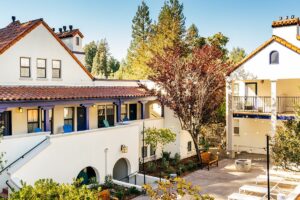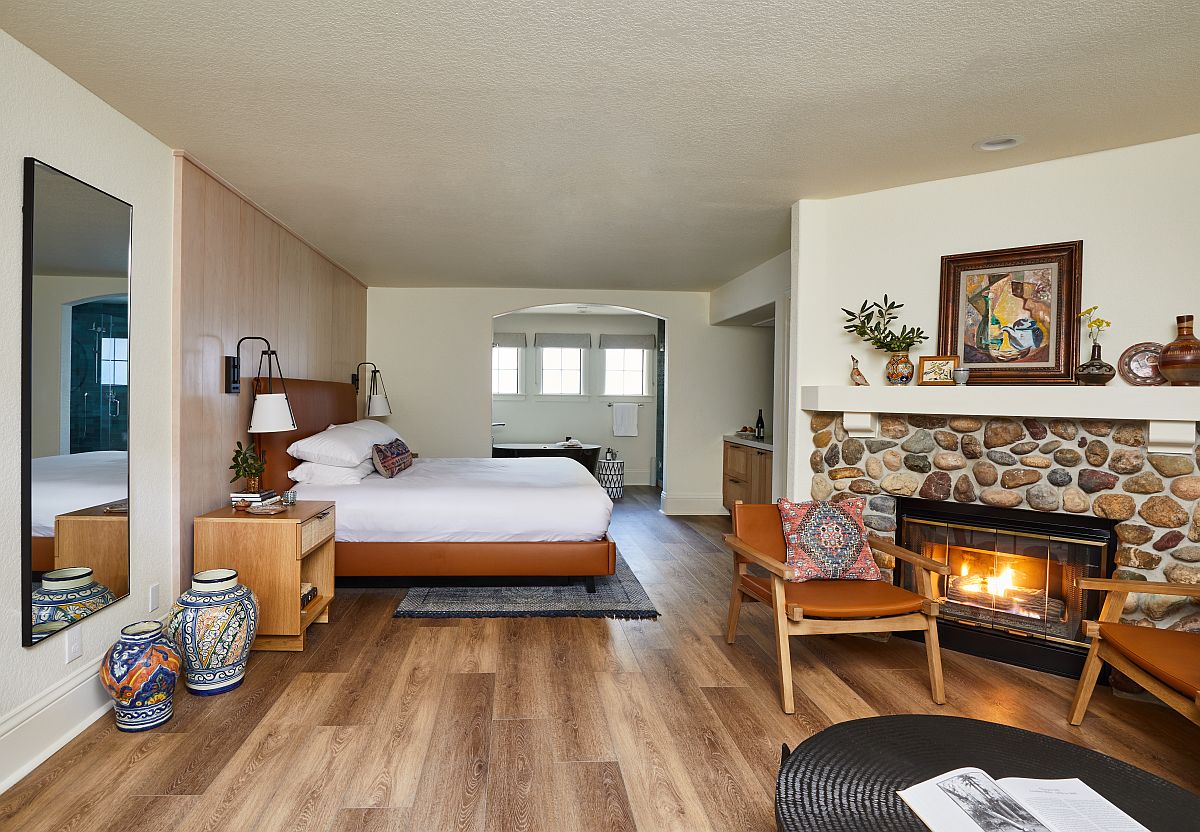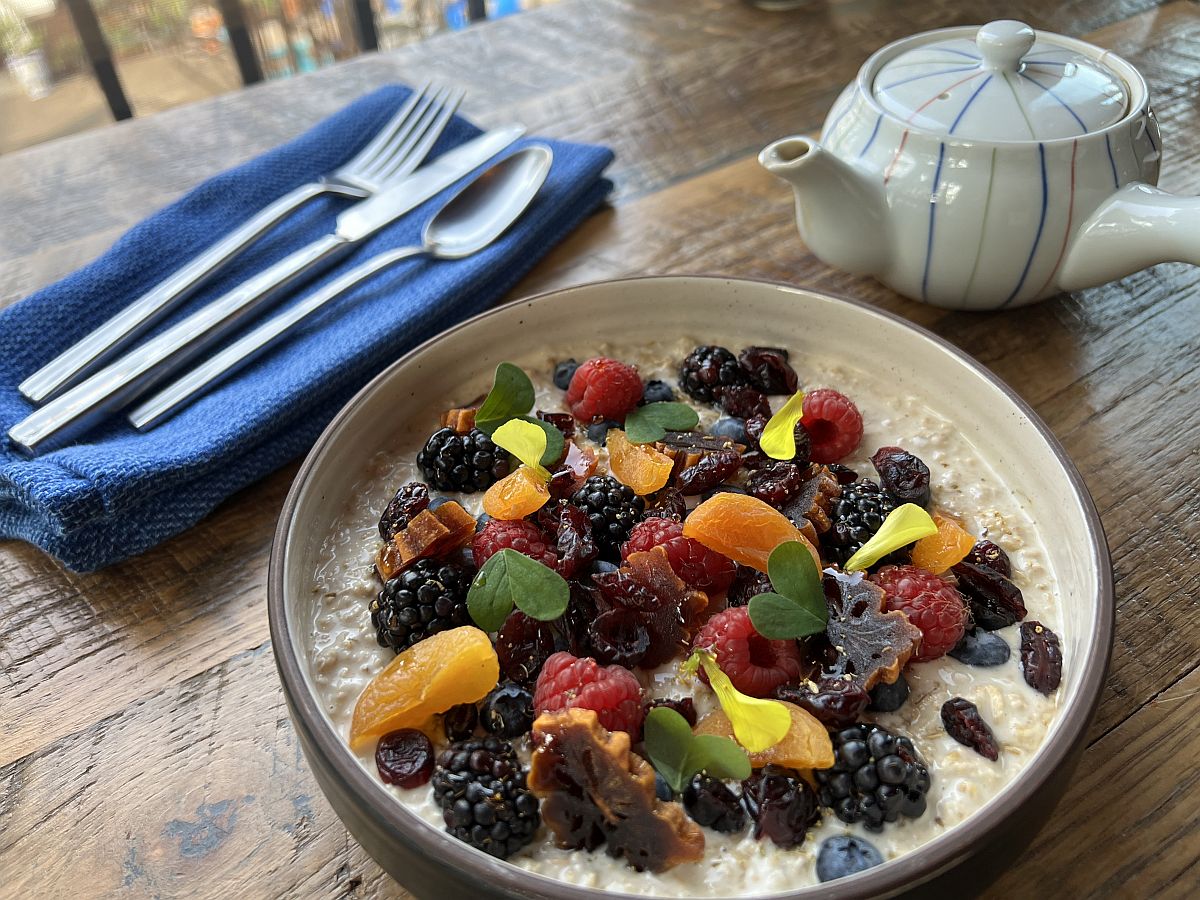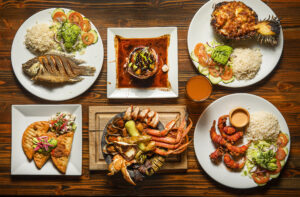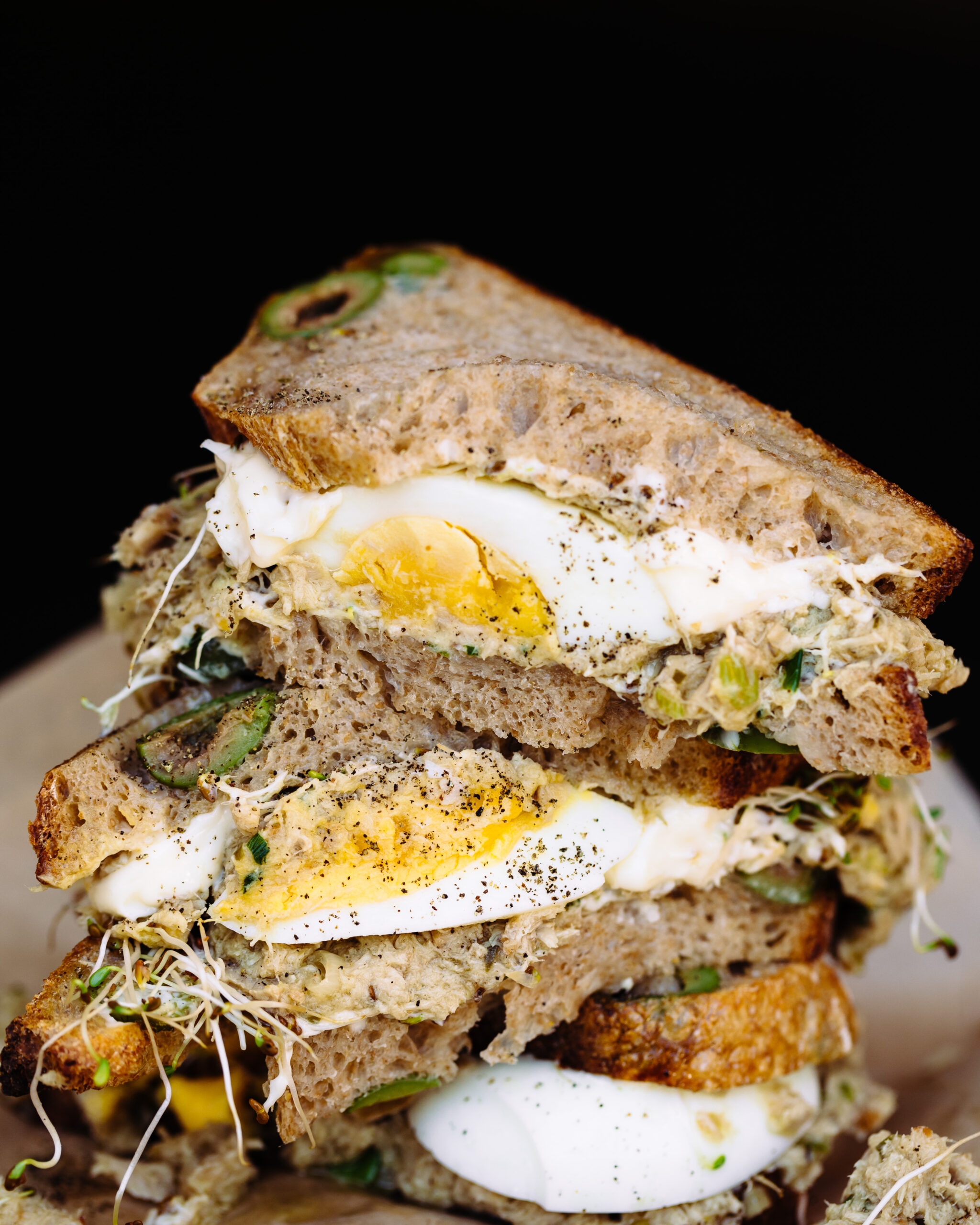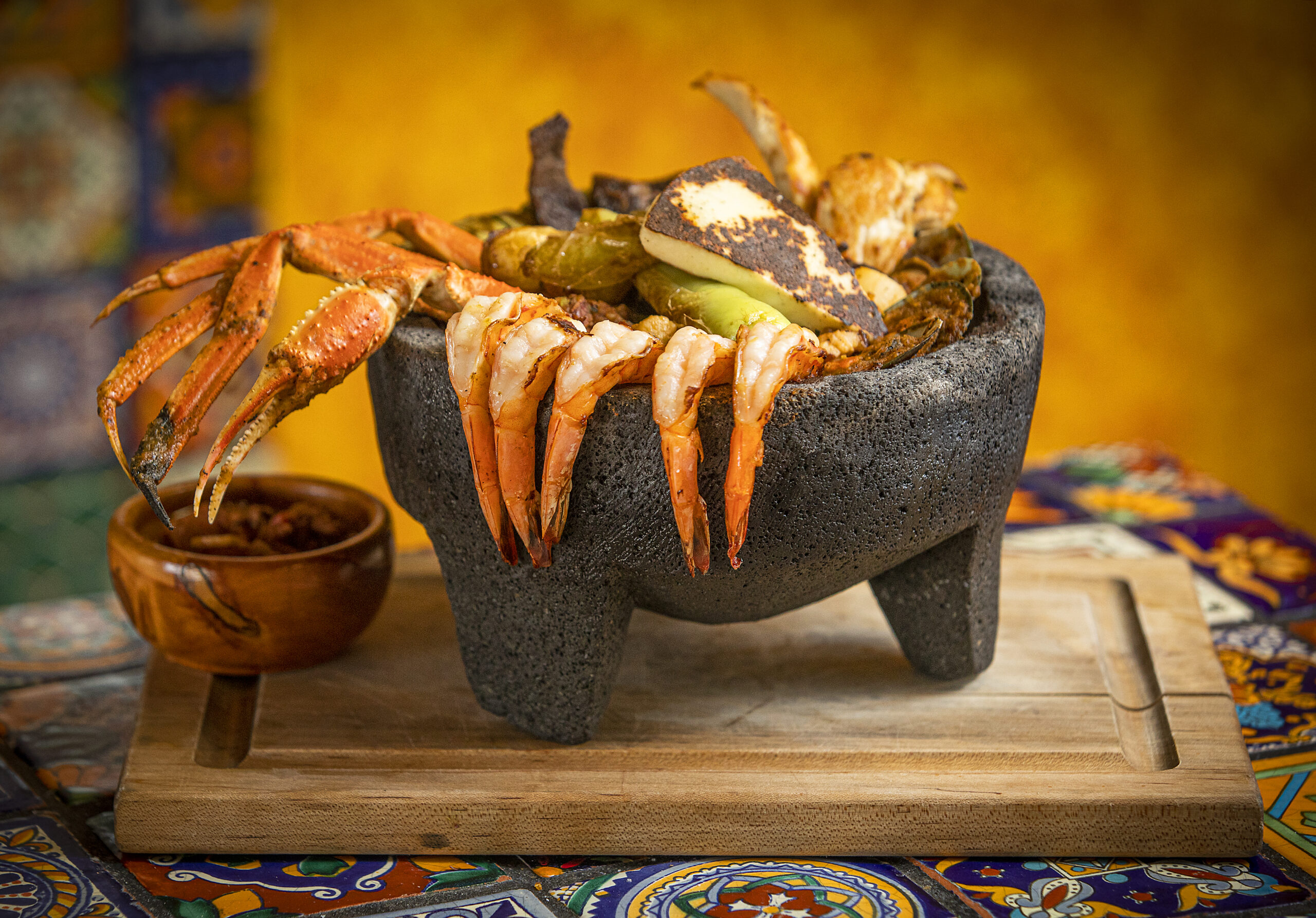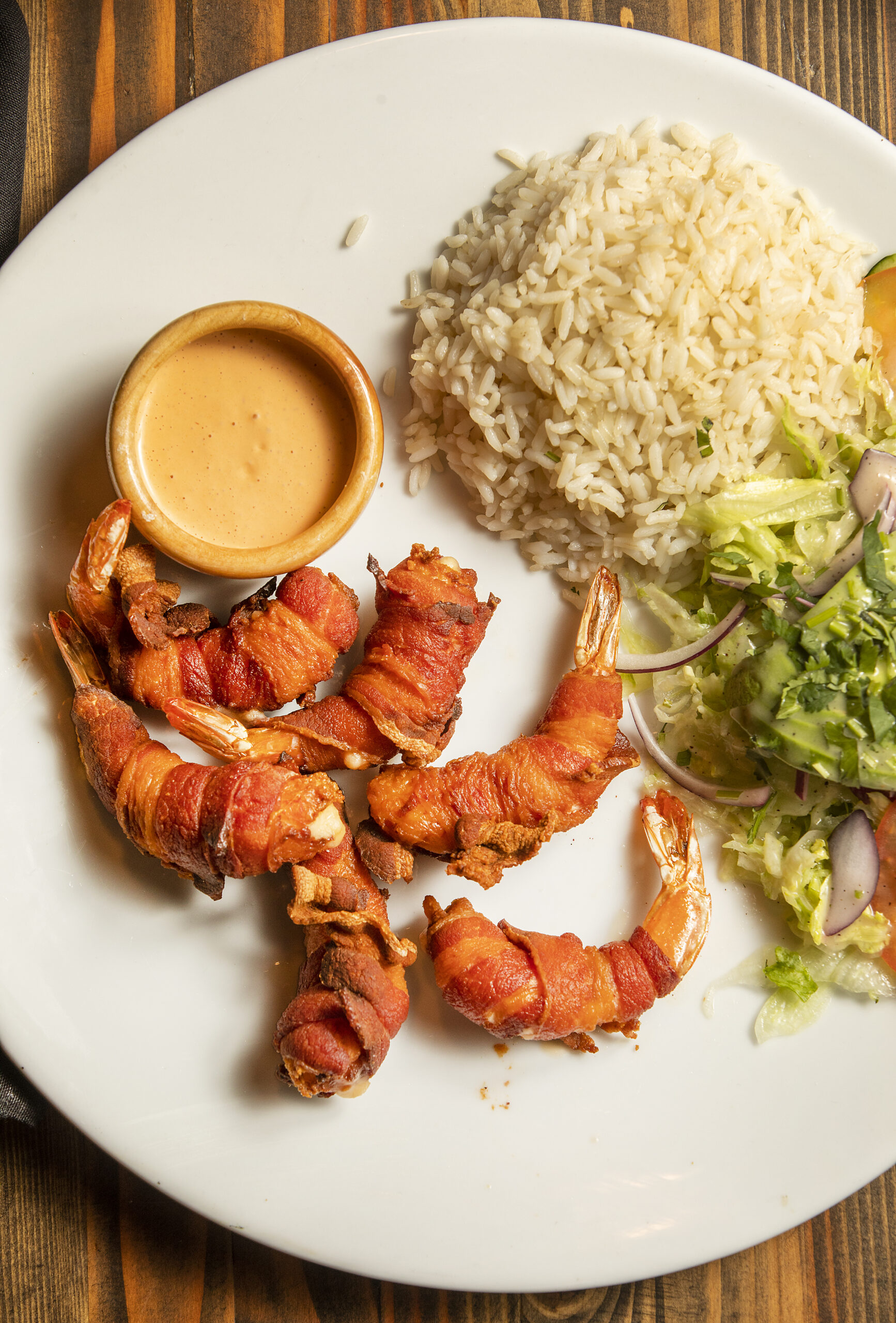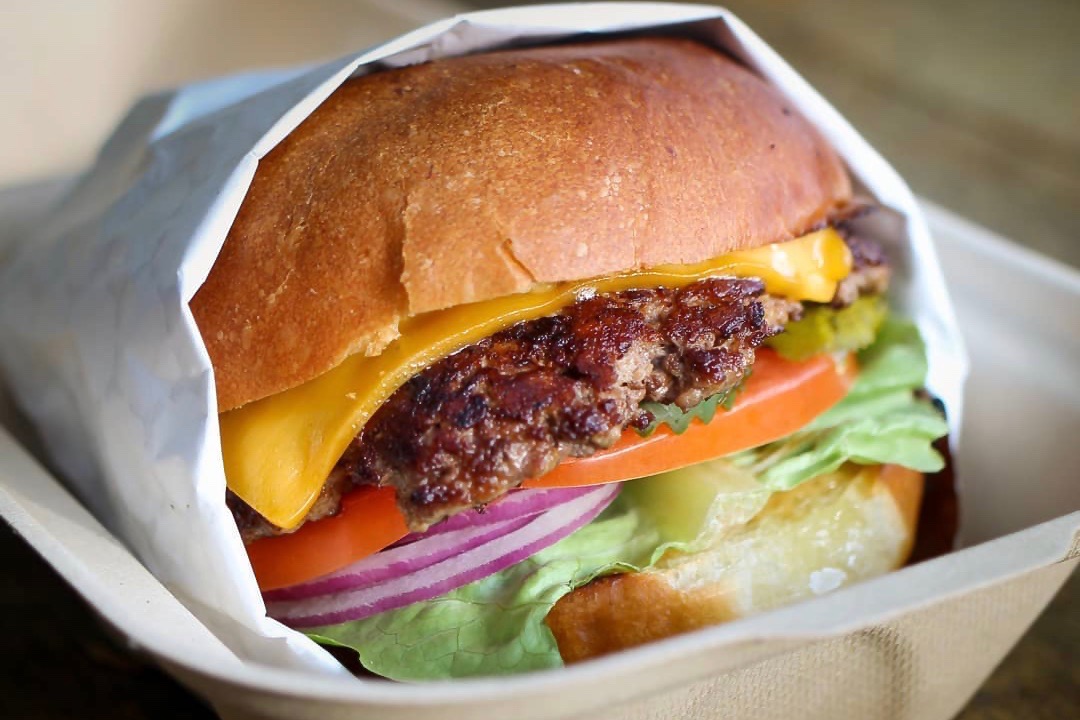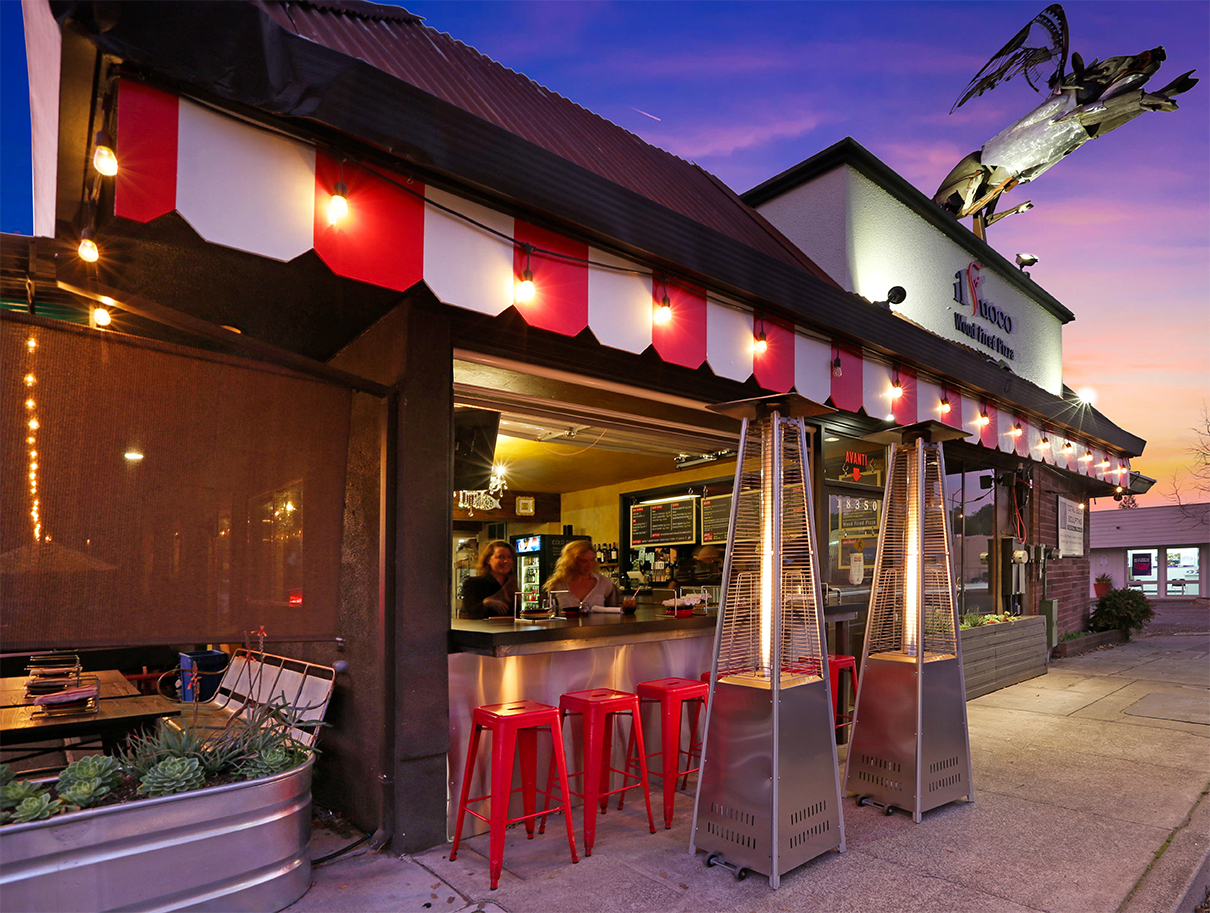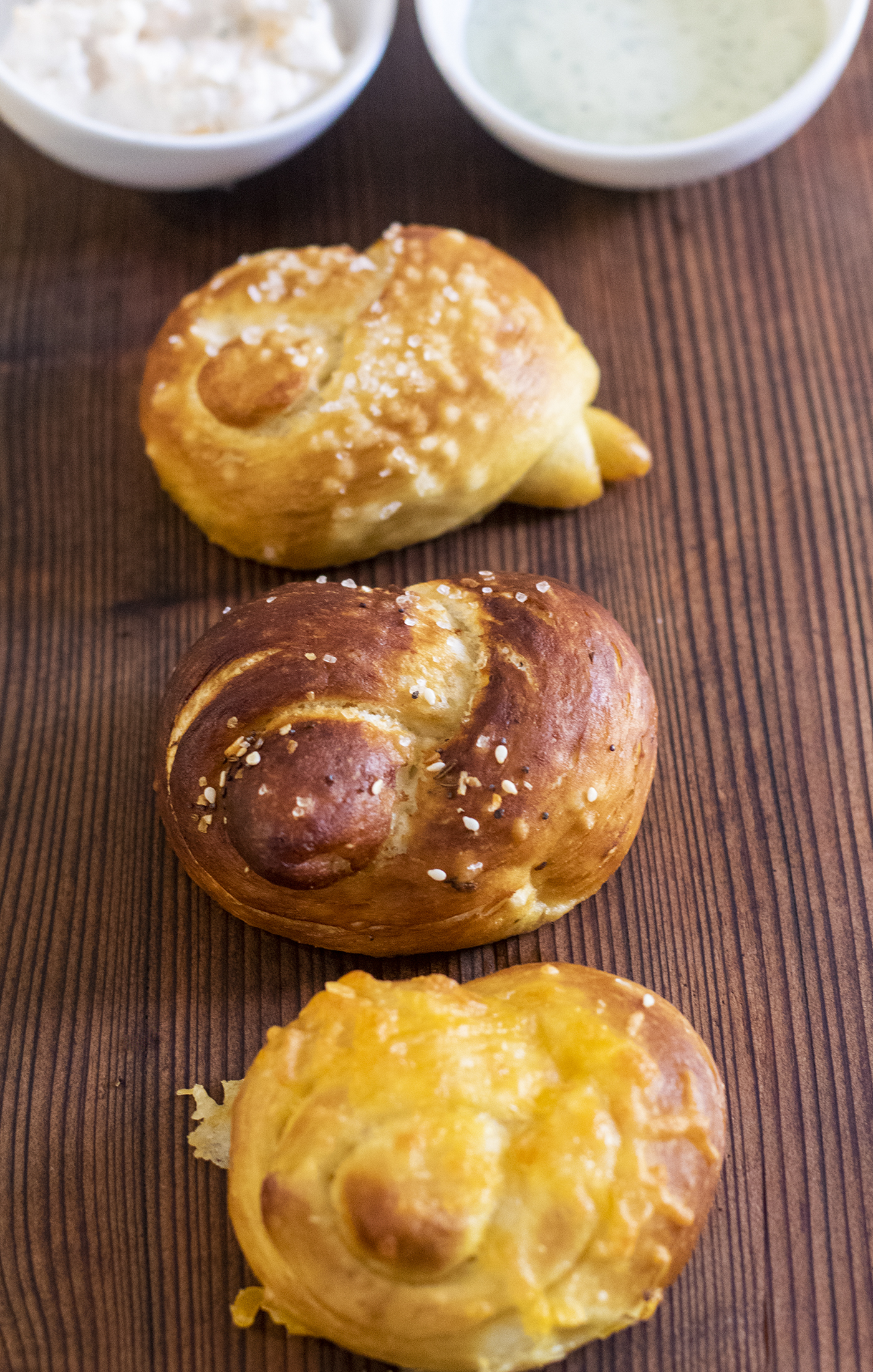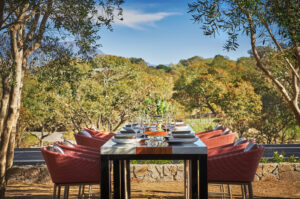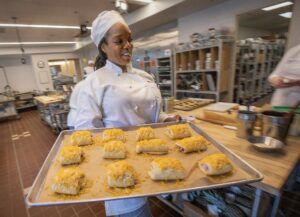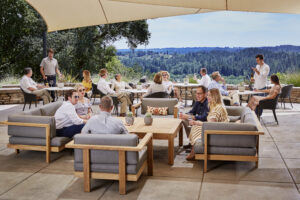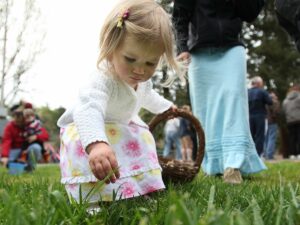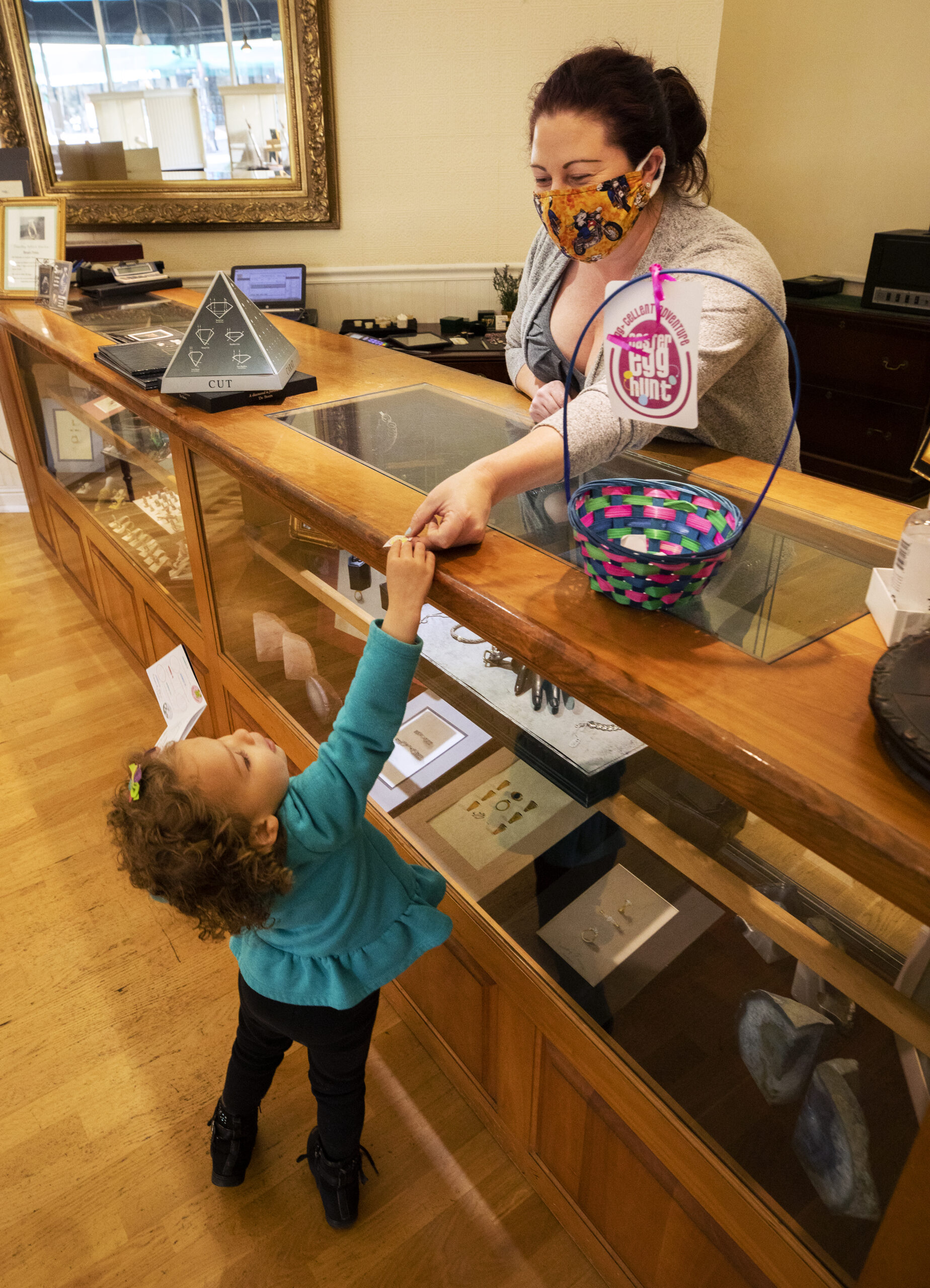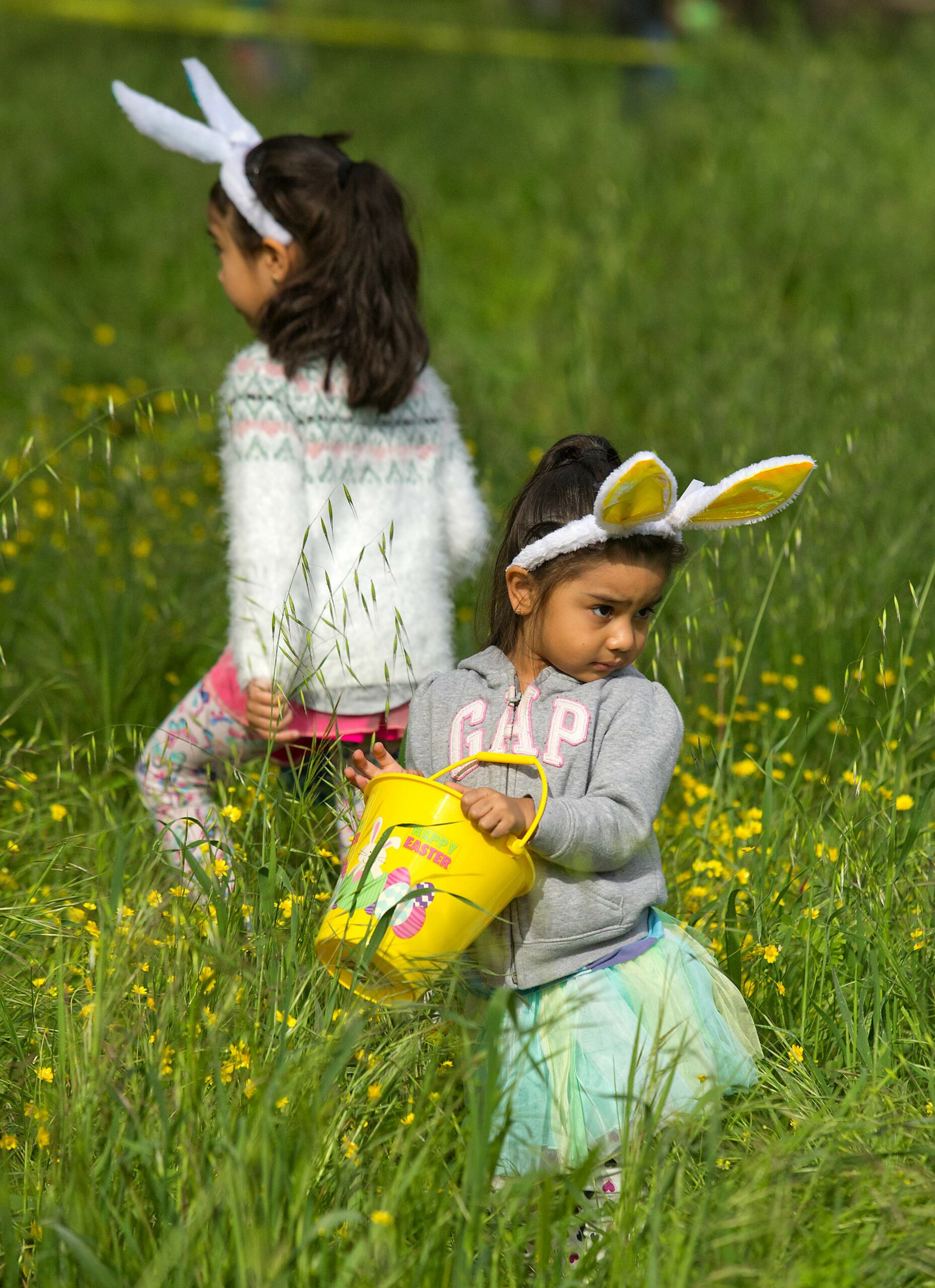Healdsburg’s historic Madrona Manor is about to step back into the Wine Country spotlight.
Shuttered for more than a year, the 19th century grand dame estate – perhaps best known for its Michelin-star restaurant – will make its debut April 21 as The Madrona, following a nearly $6 million renovation.
The hotel, built as a private home in 1881, was purchased in 2021 by a group of investors led by St. Helena-based designer Jay Jeffers, his brother, Kyle Jeffers, and general partner Cory Schisler.
Following the extensive renovation, the iconic gates to the hotel property remain and welcome guests as they drive up the tree-lined hill, take in the commanding views of the Dry Creek Valley and continue toward the striking mansion.
The property was placed on the National Register of Historic Places in 1987 and its gabled architecture and wrap-around porch have been beautifully restored. (Those familiar with the property will likely notice the new side porch and valet area.)
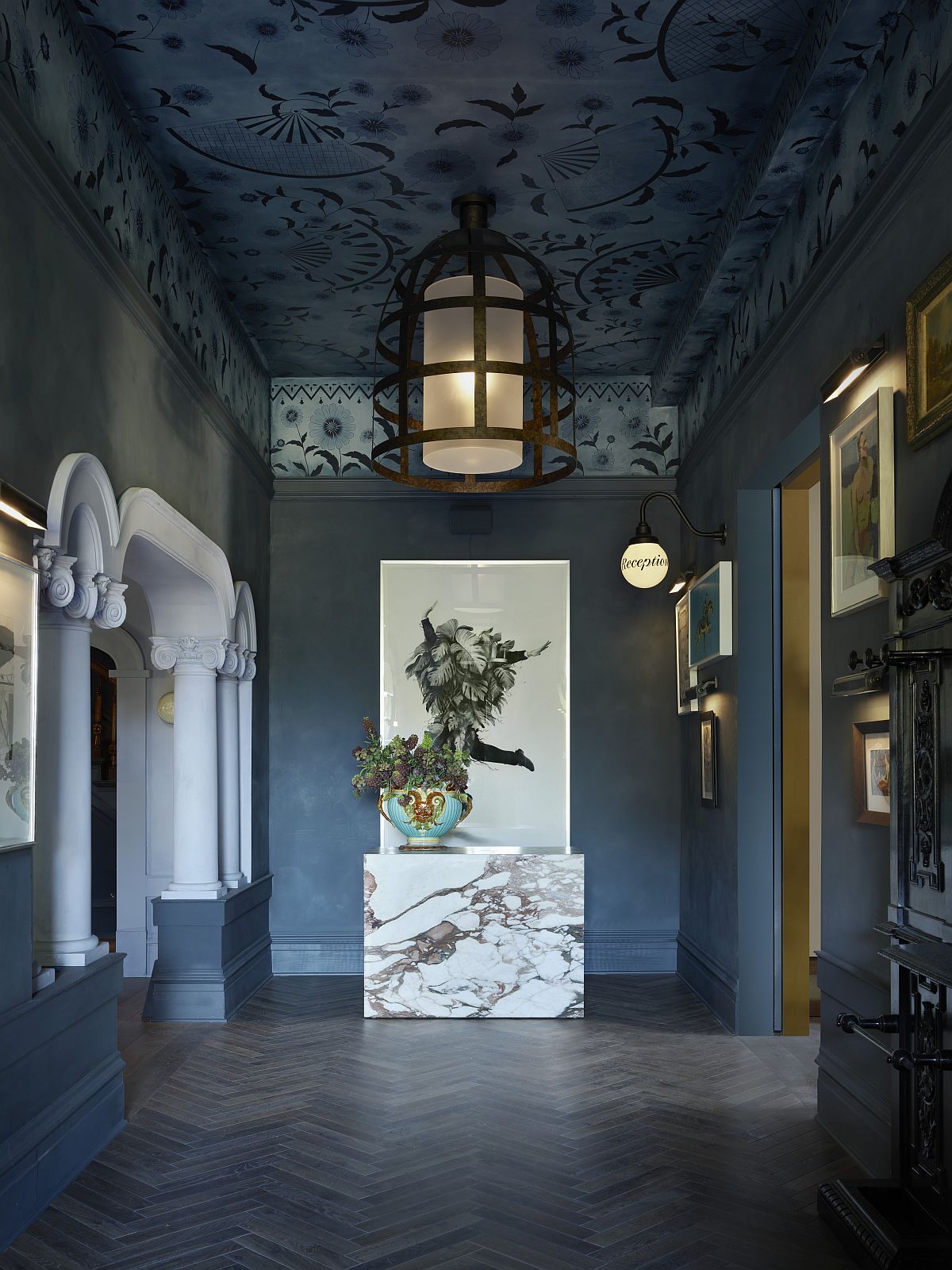
Upon entering the mansion’s hallway, previous guests will truly realize the scope of the changes that have taken place throughout the past year. The heavy drapes and dark corners are gone. The walls have been painted in vibrant tones of periwinkle and ochre and are now decorated with eye-catching artwork, much of which was commissioned for the hotel. This is a more approachable space than the previous Madrona Manor entrance.
“To see how people walk into the space and feel welcome immediately … it’s really, really nice,” said Schisler.
Though the design is modern and spirited, it is clear that the new owners take pride in preserving the property’s rich history.
Some 750 pieces of furniture and art came with the estate when it was purchased in 2021. Every item was catalogued and about 250 pieces were kept and mixed into the design scheme. About 30 of those pieces date back to the early 19th century and belonged to the home’s original owners, the Paxton family. Among the many notable pieces in the collection is a piano believed to be nearly 200 years old. It’s been tuned, played and now calls the mansion’s Drawing Room home.
“I think we’re doing it right,” said Schisler. “Why would you not keep the antiques? Why would you not honor the history?”
Stretching across eight acres, The Madrona features 24 accommodations housed in a half-dozen buildings, most of which were part of the original estate.
Guest rooms in the mansion include the living quarters of the Paxton family. Studio suites are located in the mansion’s original carriage house, while The Bungalows are set on the outer edges of the property in standalone buildings, some of which date back to 1861. No two rooms are exactly alike, but all exude a sophisticated yet comfortable ambiance.
Overall, few structural changes were made to the guest rooms and the public spaces. The Madrona’s bones were solid and Jay Jeffers’ goal was to preserve original elements throughout the property. Arguably, the most notable changes to the guest rooms took place in the bathrooms. All were gutted, heated floors were installed and most bathtubs were replaced with beautifully tiled walk-in showers.
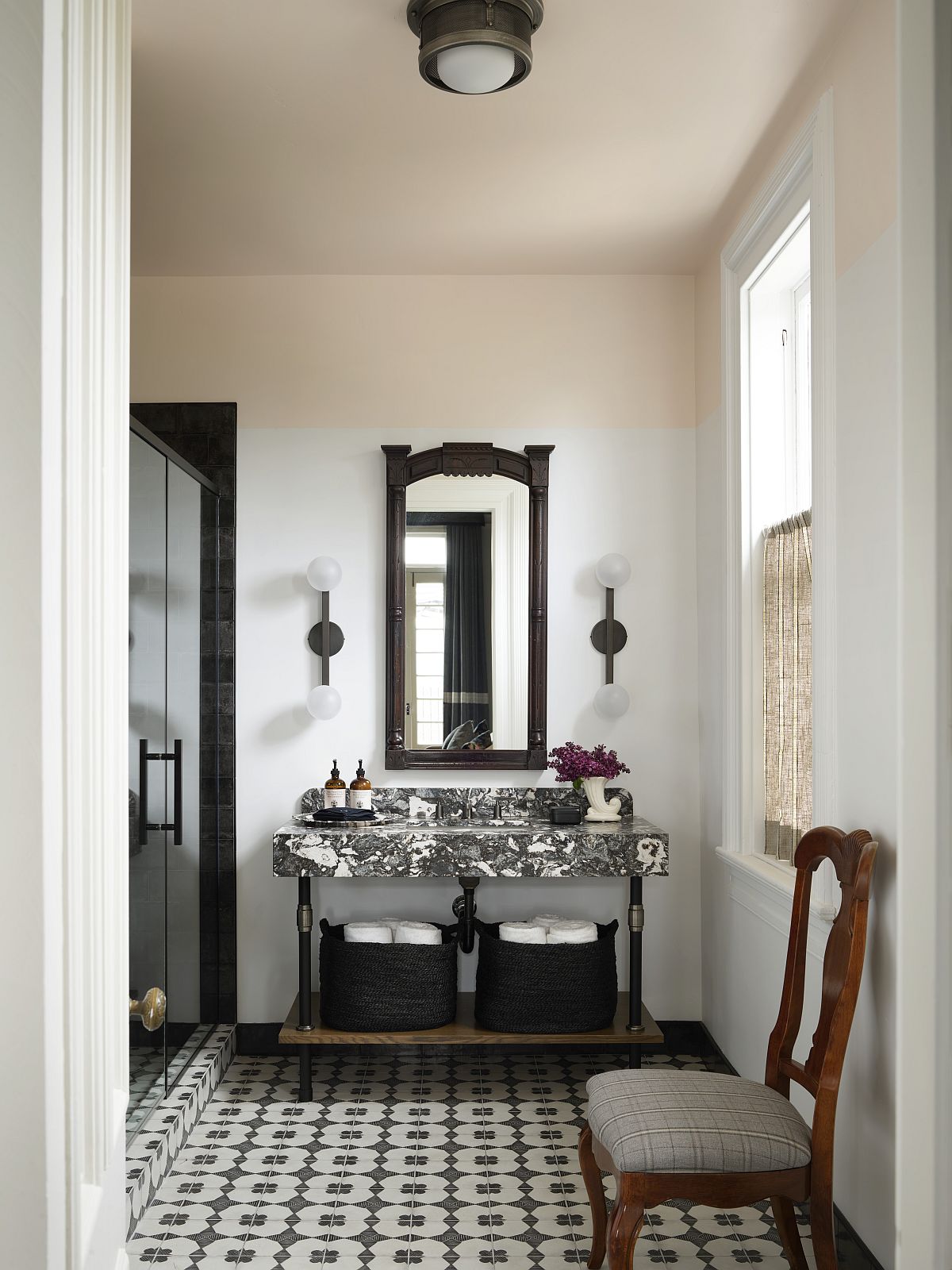
“When designing the hotel, it was important for me to respect its historic architecture and 19th century roots, while reimagining the property to be more modern and exciting for today’s traveler,” said Jay Jeffers.
For example, what was once a maintenance shed is now a high-tech fitness center with Peloton Bikes, a Tonal Smart Gym, free weights, treadmills and a private outdoor area. A refresh to the pool area includes a pair of fire pits.
When The Madrona officially opens to the public, a number of returning staff members will welcome guests, including Chef Jesse Mallgren, who earned the property’s former restaurant a Michelin star every year for 13 consecutive years. (The restaurant opens April 21; the hotel opens April 22.)
Fans of Mallgren’s onion veloute, fried chicken and steak tartare can breathe a sigh of relief – these signature dishes will remain on the menu. But there will be worthy competition thanks to new offerings, such as Mt. Lassen trout crudo and corned beef tartare. The restaurant’s Madrona Salad will be made exclusively with produce from the estate’s half-acre garden and will change depending on what ingredients are ready to be picked from the kitchen’s backyard.
The mansion’s iconic orange orchard continues to thrive and will no doubt once again be a favorite spot for guests. But the estate has myriad nooks and quiet spaces to explore and naturally lends itself to wandering.
Accommodations start at $750 per night for guest rooms and $1,050 for premium bungalows. There is also a $45 daily resort fee.
The Madrona is managed by Mosaic Hotel Group, a collection of individually branded, modern boutique hotels that includes El Dorado Hotel & Kitchen on the Sonoma Plaza and the North Block Hotel in Yountville.
The Madrona, 1001 Westside Road, Healdsburg, 707-395-6700, themadronahotel.com




